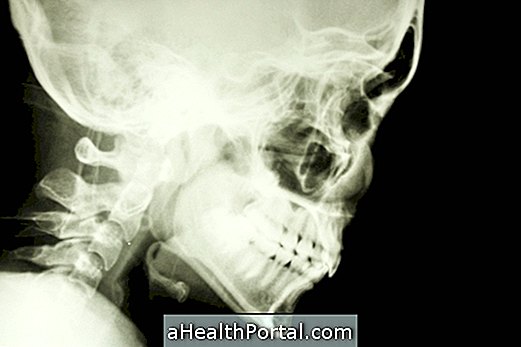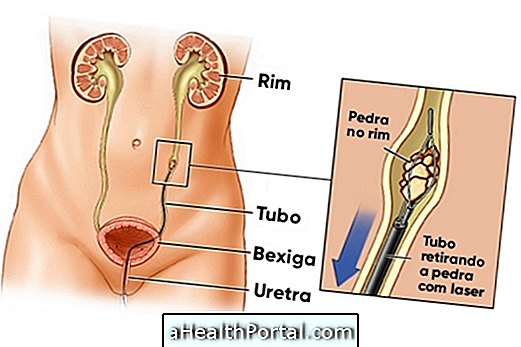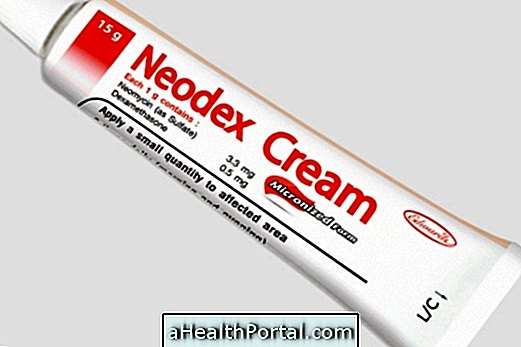Sclerosteosis, also known as granite bone disease, is a rare genetic mutation that causes excessive bone growth. This mutation causes bones, instead of decreasing in density over the years, to become thicker and denser, becoming stronger than granite.
Thus, sclerosteosis prevents the onset of bone diseases such as osteoporosis, but causes other changes, such as increased pressure inside the skull, which, if left untreated, can be life-threatening.

Main symptoms
The main sign of sclerosteosis is the increase in bone density; however, there are some symptoms that may alert you to the disease, such as:
- Joining two or three fingers on the hands;
- Changes in the size and thickness of the nose;
- Exaggerated growth of skull and face bones;
- Difficulty in moving some muscles of the face;
- Tip of the fingers curved down;
- Absence of nails on the fingers;
- Body height greater than average.
Because it is an extremely rare disease, its diagnosis is complex and, therefore, the physician may need to evaluate all symptoms and clinical history, as well as perform various tests, such as bone densimetry, before suggesting the diagnosis of sclerosis.
In some cases, a genetic test may be ordered that will evaluate the DNA and possible mutations and may help identify the change in the SOST gene that causes the disease.
Why it happens
The main cause of sclerosis is a mutation that occurs in the SOST gene and decreases the action of sclerostin, the protein responsible for decreasing bone density and increasing throughout life.
Usually the disease only arises when there are two altered copies of the gene, but people with a single copy may also have extremely strong bones and lower risk of bone diseases such as osteoporosis or osteopenia.
How is the treatment done?
There is no cure for sclerosis, so its treatment is only done to relieve some of the symptoms and deformities that may arise from excessive bone growth.
One of the most commonly used forms of surgery is surgery that can help decompress the facial nerve and recover movement of the facial muscles, or remove excess bone in order to reduce pressure inside the skull, for example.
Thus, treatment should always be discussed with the physician to assess whether there are life-threatening or life-threatening changes that can be corrected.

















